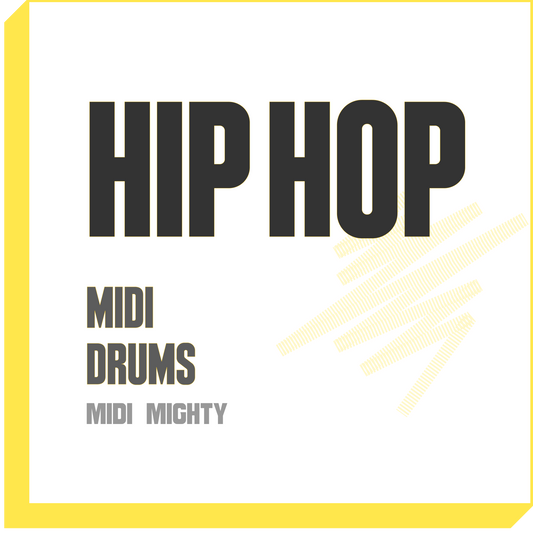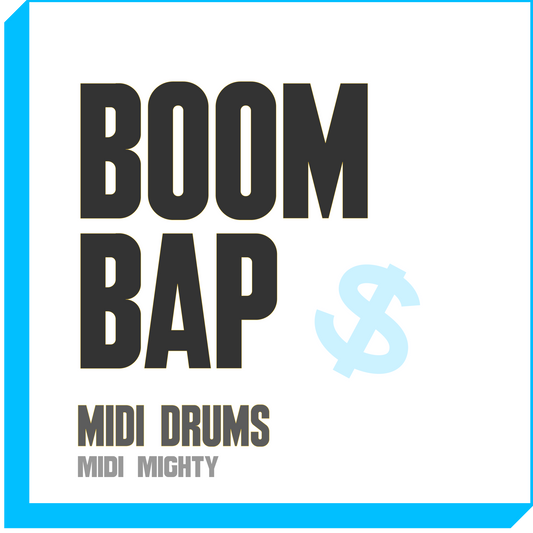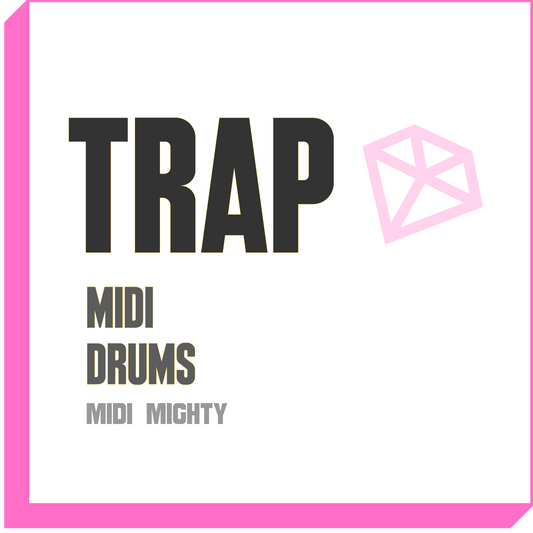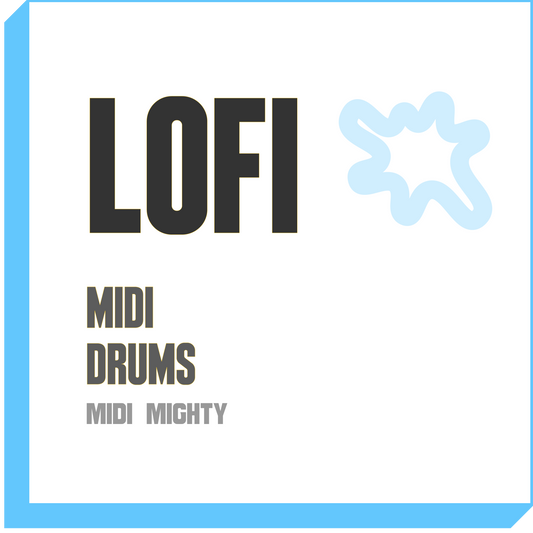Like many of you I look at music production tutorials on Youtube. They usually cover different tools and techniques. One that comes up is the soft clipper.
But often they say "ok now open the [soft clipper plugin] and set it to this. Ok now on to the next step."
They never explain what a soft clipper is, what it does, why you want to use it, what are the pros and cons of it, what are the alternatives.
So that's what this blog post is about.
Table of Contents
What Does A Soft Clipper Do?
A soft clipper is an audio processing tool used to limit the peaks of an audio signal in musically pleasing way.
As opposed to hard clipping, which can be harsh, soft clipping tries to make the limitations at least sound good. And for the most part it works.
A bit more in depth:
Soft clipping is a form of "non-linear saturation" (or distortion). When the amplitude of an audio signal exceeds a certain threshold, it's rounded off gradually.
(Hard clipping, in contrast, simply cuts off any signal above the threshold.)
The rounded off part is what makes it sound a bit more pleasing, musically.
To sum it up, if the audio signal is:
- Below the threshold, the signal passes through unaffected.
- Near the threshold: the signal start to compress, or round off
- Above the threshold: the waveform is gently bent rather than sharply truncated.
All of this creates harmonic distortion.
Distortion may sound bad. After all something thing distorted sound...broken, off, messed with.
But harmonic distortion is actually a good thing. It fills in complimentary harmonics in a musically pleasing way.
Harmonic distortion often sounds warm, punchy, or "analog".
It mimics what analog gear like tape machines or tube amps naturally do.

What Does A Soft Clipper Actually Round Off?
A soft clipper rounds off the peaks of the waveform. That's the highest amplitude parts.
This is regardless of their frequency context.
Soft clippers are level-based processors, not frequency-based ones.
It's as if a soft clipper looks at audio and says:
"any part of the signal that exceeds a specific amplitude I'm going to bend and soften it instead of letting it spike or get chopped."
It doesn't look to see whether something is high or low frequency. Amplitude only.
That being said, it soft clippers do change the waveform and changing the shape of a waveform affects the harmonic content which is frequency based.
Here's how it all shakes out:
Soft Clipping Effects on Low and Mid Frequency Sounds
If a kick drum has a sharp transient, soft clipping will round that transient off.
That rounding introduces harmonics (extra frequencies not in the original signal). These extra harmonics can affect the perceived warmth, fatness, and grit - sometimes giving it that analog feel.
Soft Clipping Effects on High Frequency Sounds
If a sound is bright and sharp, and maybe spiky, like a hi-hat, soft clipping may tame the transients making it less harsh.
So in general you'll get less harsh sounds as well a warmer sound.
If you want to target specific Frequencies
Instead of a soft clipper, try:
- EQ's target and cut/boost specific frequency ranges
- Multiband Clippers or Saturators: Let you apply soft clipping only to certain frequency bands
- Transient Shapers: Controls attack and sustain more precisely.
Soft Clipper Audio Examples
Let's take a look at a drum loop two ways:
| Sound | Original | Soft Clipped |
| Full Loop | ||
| Kicks Only | ||
| Snares Only | ||
| Hats Only |
Listening you can tell the soft clipper preserves the character of the transients but adds a bit of saturation and glue.
It's a softer, warmer, less harsh sound overall.
In the top example, the soft clipping is applied on the entire drum loop. And then individual parts were isolated.
It's the same level of soft clipping in each case.
In practice, you may want to apply different levels to different drum sounds (or any instrument) to dial it in to a level you like.
For example you may not want the same amount of soft clipping on your hats as you do your kicks.
Potential Downsides and Considerations of Soft Clipping
Though soft clipping is great to get a nice warm, analog sound, there are downsides.
Loss of Dynamics
Soft clipping by its very nature reduces the dynamic range. The right amount isn't necessarily bad but overuse can lead to a squashed and lifeless sound.
Distortion
Soft clipping still introduces distortion. Similar to the warning above, overuse can lead to sounds that are squashed, too distorted, gritty in a bad way, and just broken.
Phase Smearing
Some soft clippers can alter transients in the form of phase shifts.
Sound Design Can Be Undesirable
Soft clipping will lead to certain color and character. In some instances this may not be the intended sound. For example, classical music may be a genre where you want to avoid using a soft clipper.
When and Where To Use A Soft Clipper
Here's general breakdown of where to use a soft clipper and how it can help:
| Use Case | How A Soft Clipper Helps |
| Drum Buss | Tames sharp transients without losing punch. Adds fullness and warmth. |
| Mix Buss / Mastering | Increases loudness before the limiter |
| 808s/Bass | Adds grit and makes the sound more consistent |
| Vocals | Adds warmth or slight saturation |
| Synth Leads | Makes them sound more analog or aggressive |
Alternatives To Soft Clipping
You may not want to use a soft clipper. That's cool.
Going back to the beginning if this post, most tutorials just say "use this soft clipper".
And that may be the right idea, but I'm always interested in the end goal - how to get a certain sound while not distorting the audio or going above certain peaks.
Sometimes a soft clipper is the answer.
But there may be other ways. Here's a breakdown of similar techniques to soft clipping that allows you to control peaks, shape transients, and add subtle harmonic distortion and warmth:
Limiter
Sets a hard ceiling for volume preventing audio from exceeding the set level. It does this without aggressive distortion or hard clipping
A limiter is good if you want to control peaks without harsh clipping.
The next three - Saturation, Tape Emulation, and Tube/Transformer Emulation are great if you want to add harmonic warmth or analog flavor.
Saturation
Adds gentle musical distortion that mimics analog tapes or tubes. Sounds similar to soft clipping but is more complex
Tape Emulation
Models behavior of analog tape, including soft saturation, compression and flutter.
Tube / Transformer Emulation
Models analog gear circuits. Adds dynamic saturation.
Transient Shaper
Adjusts the attack and sustain portions of a sound. Great if you want to shape transients more precisely.
Compressor
Reduced volume dynamically when a threshold is exceeded. Great if you want to level out peaks smoothly.
And if you want the ultimate control:
Manual Gain Automation
Here, you draw volume curves to tame individual peaks. Time consuming but gives you detailed and fine-tuned control
| Tool | Control Peaks? | Adds Harmonics? | Tone & Character |
| Soft Clipper | Yes | Yes | Smooth and rounded |
| Limiter | Yes | No | Transparent |
| Saturator | Mild | Yes | Warm and analog |
| Tape Emulation | Yes (soft) | Yes | Vintage and smooth |
| Compressor | Yes | If analog | Versatile - can be clean or colored |
| Transient Shaper | Mild | No | Punchy and sharp |
| Manual Automation | Yes | No | Transparent |
Soft Clipper Plugins
Here's list of popular plugins used for soft clipping:
Smoothing Out
So there you have it - all about soft clipping. Really, it's about balance of getting to a sound you like and not going over a specific amplitude.
Soft clipping can help produce a nice warm character while limiting the peaks. But also, there are alternatives.




